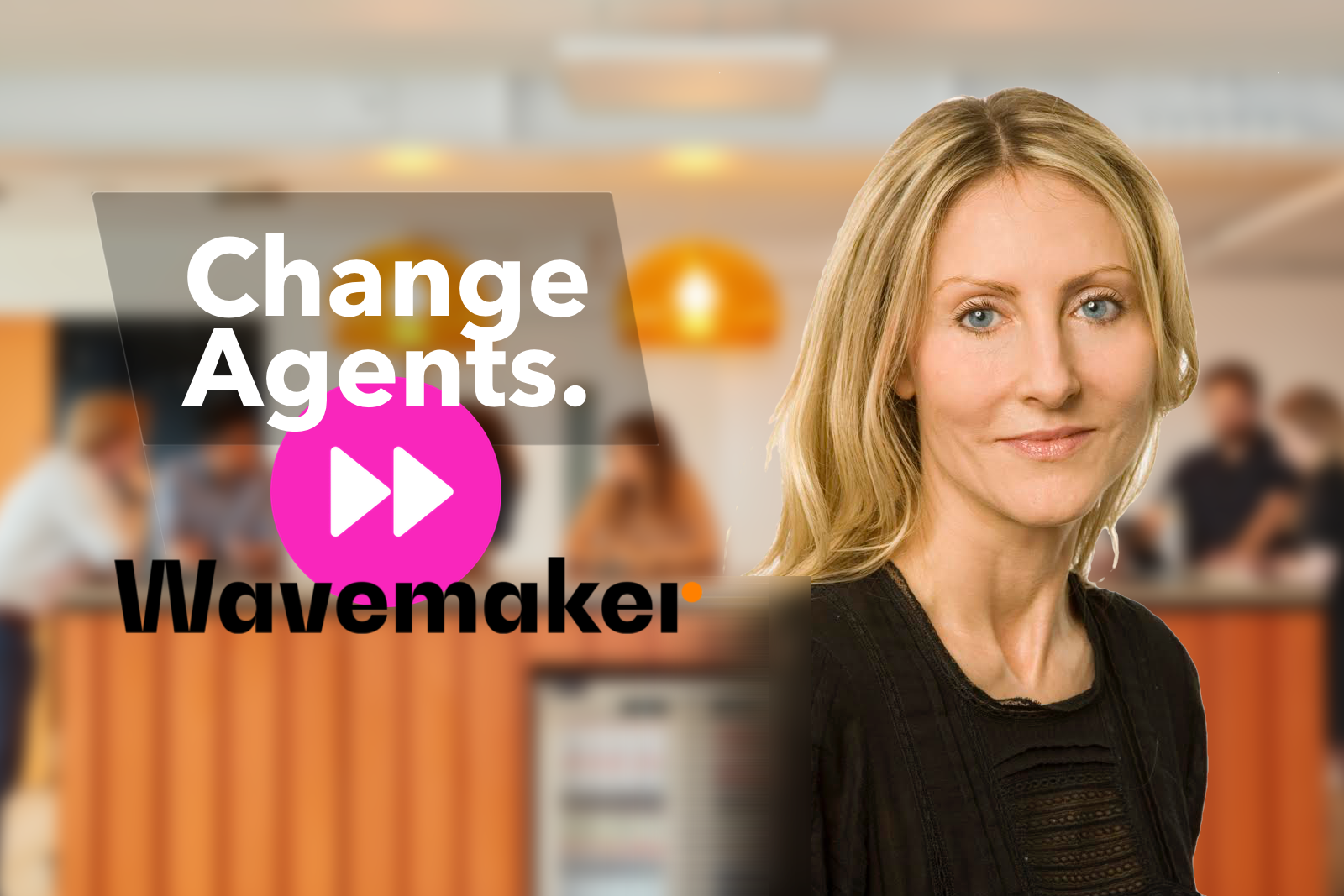
What’s top of my mind
Public awareness of the climate crisis is at an all-time high. At Wavemaker, new consumer eco-behaviours are becoming mentioned more frequently and spontaneously in our qualitative groups.
Brands and agencies cannot afford to ignore this issue. That is why sustainability is increasingly being included as part of the briefs we receive from brands.
While the product, packaging, idea and purpose are all factors to consider when it comes to sustainability strategy, standing out and meaning something in this space will require creativity.
A good example is Mastercard’s partnership with Doconomy, the fin-tech business and brand that limits consumption based on carbon footprint, to set new global standards with a carbon calculator.

Brands’ big opportunity
Green is becoming more valuable than gold. One of the lesser-known ways to demonstrate sustainability credentials more meaningfully and authentically is by incorporating sustainability into media environments themselves. In other words, thinking beyond the “message”.
Consumers are becoming more aware that advertising is a source of carbon emissions. We are now seeing Greenpeace draw attention to digital out-of-home (OOH) signage’s electricity consumption.
Can we stop being bombarded by adverts? pic.twitter.com/e2xZkTUpNv
— Greenpeace UK (@GreenpeaceUK) July 2, 2022
Similarly, a video of teens turning off overnight street signage has done the rounds on social.
So they’re having an energy crisis in Europe. Well, these teens have been going around to all the lit up stores at night that are closed and turning off their lights parkour style. I wish we had that opportunity here in Texas for the downtowns. pic.twitter.com/NrID786xcW
— pitchforks ⚙ (@BrandiLynn4Ever) July 11, 2022
Implementing a “carbon-conscious” advertising approach that takes the media environment into account is essential.
Some advertisers have already begun to address the climate emergency head-on by shifting digital spend to low- or no-carbon providers and by producing OOH displays on recycled paper.
What defines a quality media environment
A quality media environment is one that is equitable for all audiences and the planet.
Partnering with community media outlets (created explicitly for ethnic groups, people with disabilities, LGBTQ+ people and all other areas of diversity) offers us the chance to build plans in a compliant way by using hyper-relevant contexts.
Ultimately, it will level-up the media playing field and ensure we have a rich eco-system of diverse environments that represent and increase relevance to all audiences.
We have a newly integrated inclusive planning tool at Wavemaker. For the first time, we can define a growth audience using our Momentum data, review that audience’s diversity makeup, and then forecast the delivery of our media plan against that audience to course-correct where necessary with a persistent audience set. It is a step toward removing the blockers and barriers to better inclusivity in all our client planning.
Transforming the agency
I expect we’ll see AI systems deployed much more widely in our industry, going beyond their current uses to become an embedded part of day-to-day work, increasingly taking on the detailed repetitive tasks with speed and accuracy.
A truly exciting aspect of more deeply integrating AI into the agency is its ability to enable media planning to predict outcomes and optimise accordingly, leaving humans free to focus on building long-term strategies, the creation of new products or services and bold ideas.
This alone will spur a fundamental transformation in how the agency will look in the future. All agencies will require new skill sets, data analysts, coders, product developers, AI technicians, creators, facilitators, and project managers. The trick will be in maximising the alchemy of human ingenuity and AI. It will bring a whole new perspective to media planning.